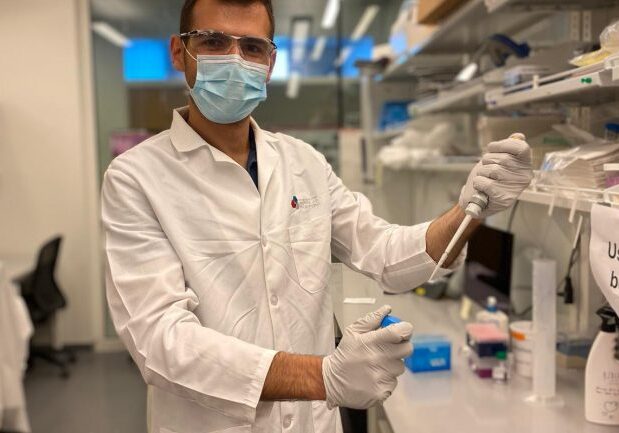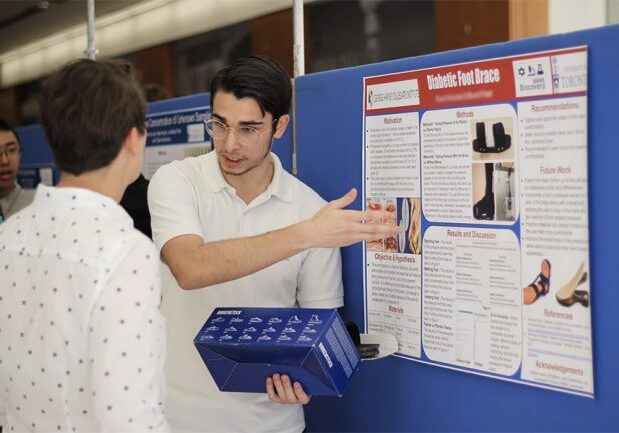
How one U of T Engineering educational program kept thriving during COVID-19
Discovery, delivered by U of T Engineering graduate students, engages high school science students in inquiry focused learning
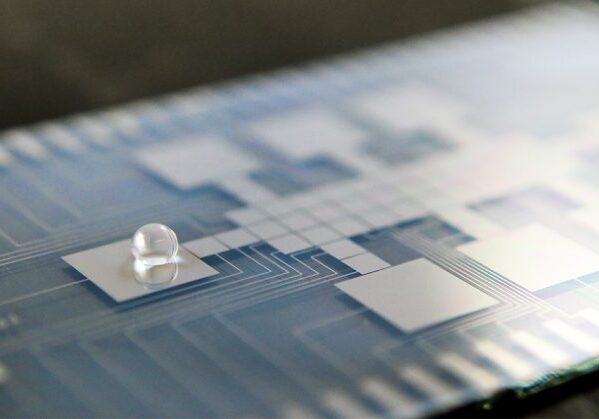
U of T researchers develop new tool for scooping contents of individual cells from local environment
The new tool will enable a deeper study of stem cells and other rare cell types for therapy development
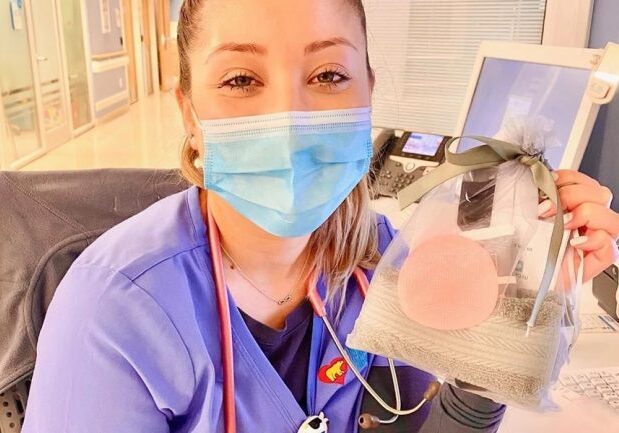
Skin-care product based on U of T Engineering research donated to health-care workers fighting COVID-19
A U of T Engineering spinoff company has donated its entire stock of skin-care product to health-care workers fighting the global pandemic. Several years ago, Professor Milica Radisic (BME, ChemE) and her team developed a peptide-hydrogel biomaterial that prompts skin cells to “crawl” toward one another. The material was initially designed to help close the […]
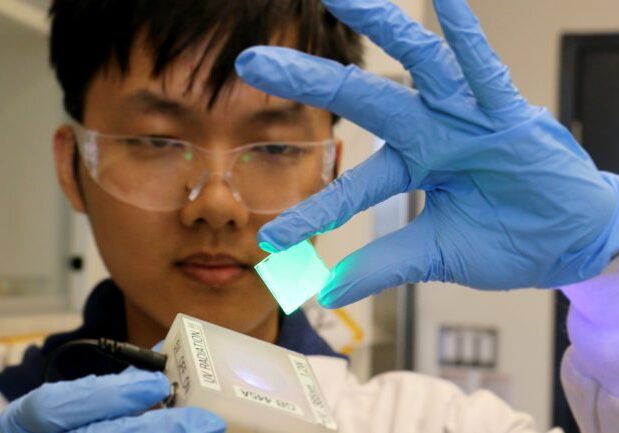
New academia-industry partnership to accelerate the search for materials for sustainable energy and smartphones
A new consortium of world-leading researchers and industry partners looks to use artificial intelligence to flip the materials discovery process on its head
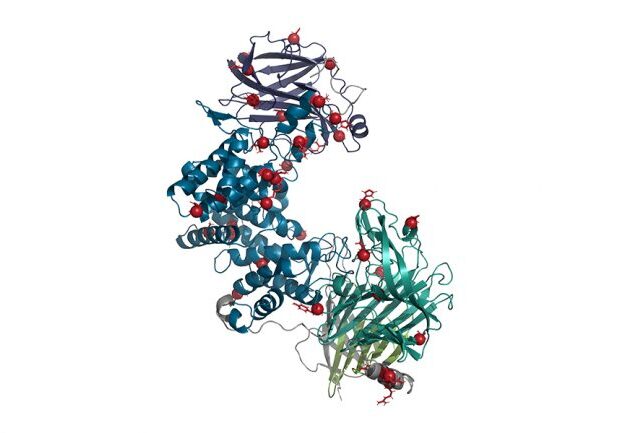
Re-engineered enzyme could help reverse damage from spinal cord injury and stroke
A team led by Professor Molly Shoichet has modified an enzyme from bacteria to promote regrowth of nerve tissue
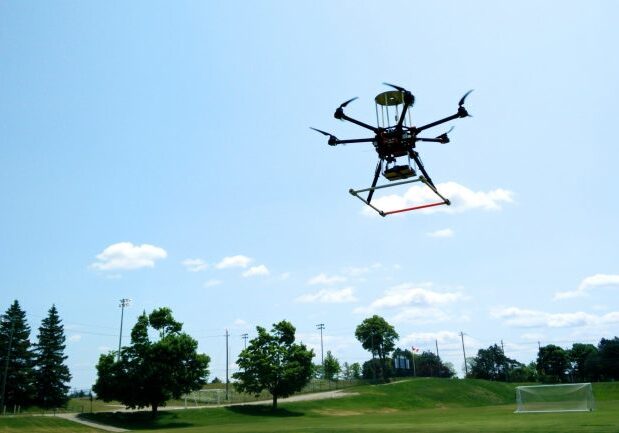
Five U of T Engineering projects receive funding boost for state-of-the-art research tools
Motion-capture equipment to explore and develop robust autonomous drones is among five infrastructure projects receiving funding support

